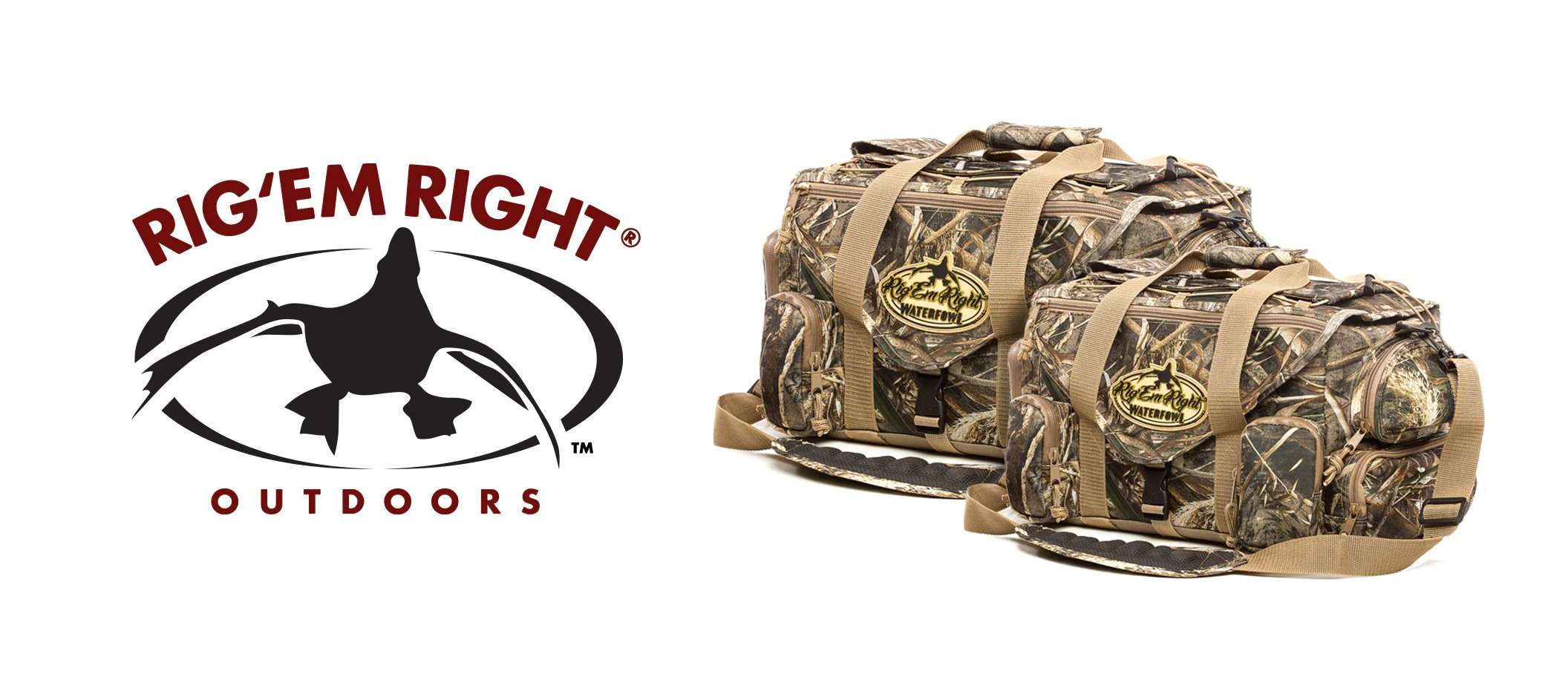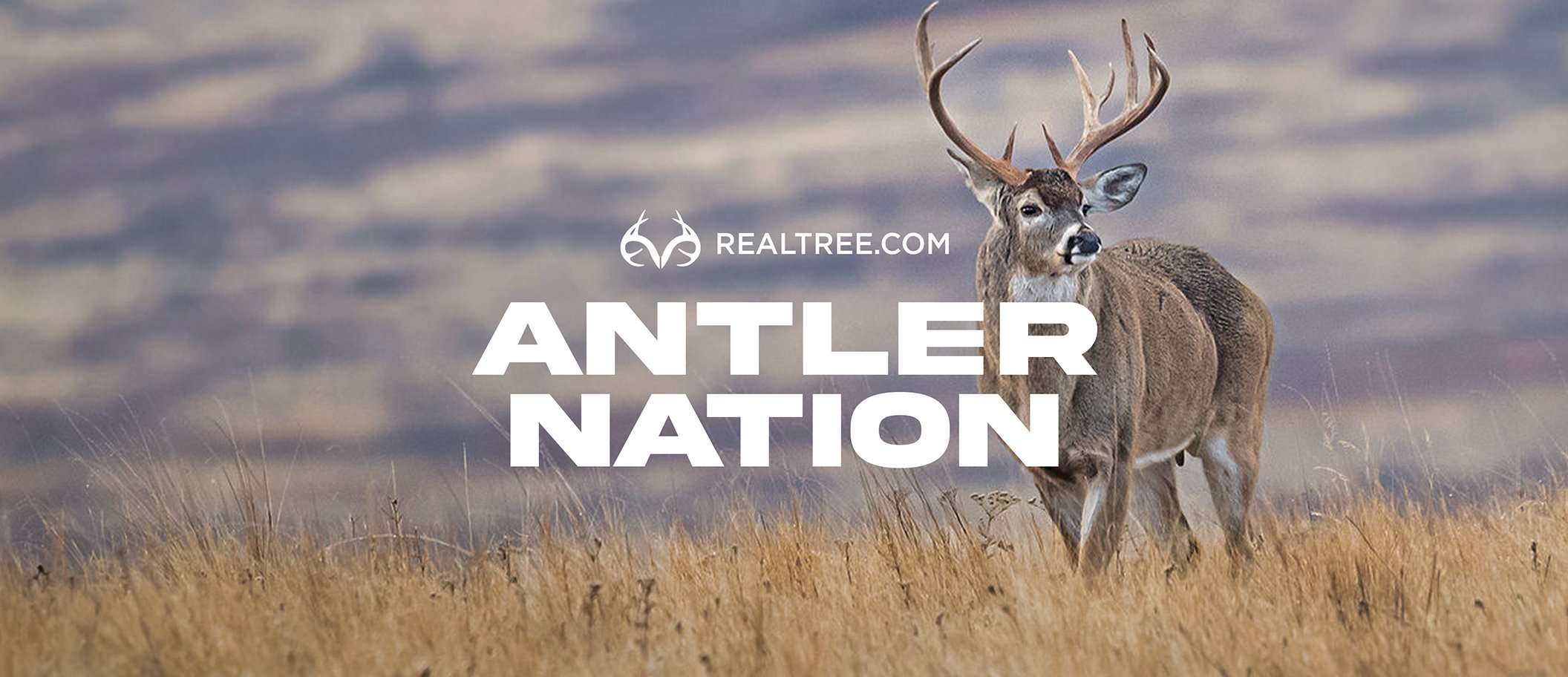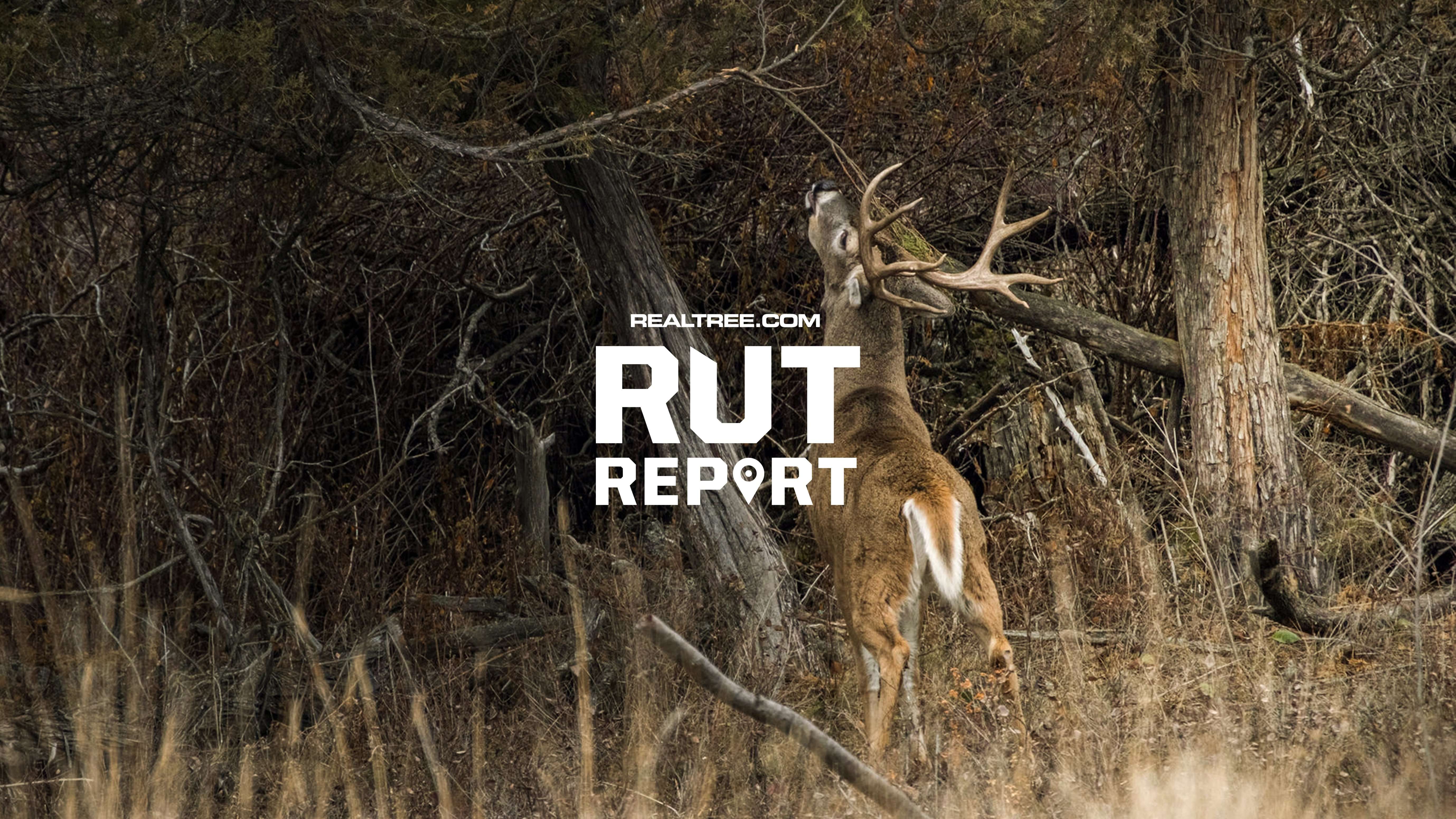Hoping to tag out early this fall? Focus on food and water, and try these sure-fire setup locations
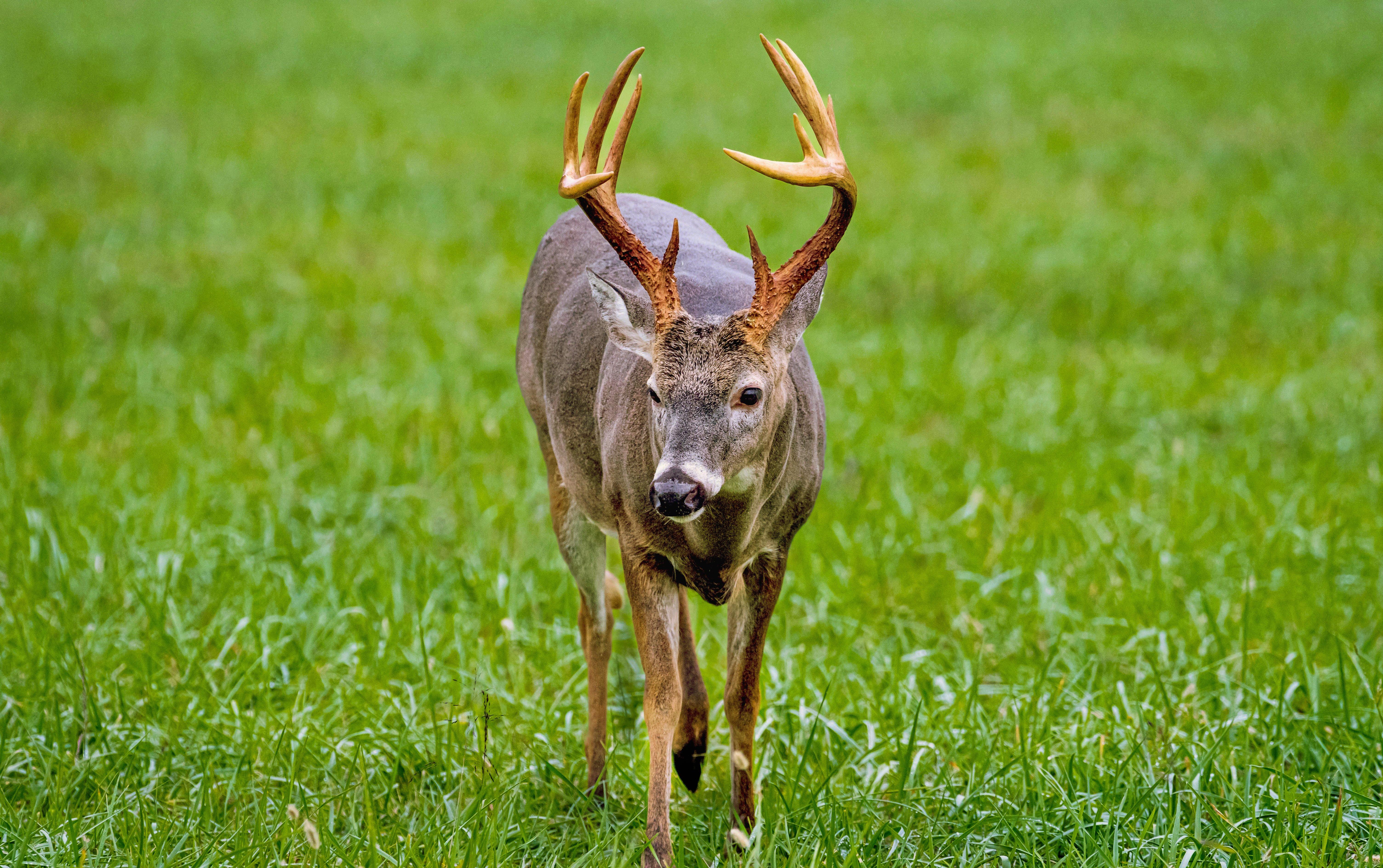
Early season hunting has perks including warmer weather, less hunting pressure, and predictable deer behavior. It’s a great time to fill the freezer and even capitalize on a mature buck. (Photo by Christopher J. Barger)
If you’ve followed Realtree’s Rack Reports the past several years, you’ve probably noticed that hunters are taking a lot of world-class bucks on or soon after opening day, particularly in states with seasons that start in September. That’s largely because bucks are quite predictable in their summer feeding patterns. Plus, they haven’t been pressured by crowds of hunters.
Those aren’t the only perks of early season deer hunting. If you don’t love the November and December chill, warmer September and early October conditions are for you. Also, most early season deer movement transpires during the first and last hours of daylight, which negates the need to hunt all day in most cases. Many hunters find it easier to sit for three hours in the morning and three hours in the afternoon. But if you’re going to be successful in the early season, you need to spend your time in the right places. Here’s what we recommend.
- GREEN FIELDS
Whether you’re watching a hayfield in Montana, a bean field in Kentucky, or a clover plot in Vermont, chances are good that you’ll see some deer feeding in it during the last hour of daylight. Does, fawns, and young bucks usually enter first, while big bucks might not arrive until the final few moments of daylight or slightly after darkness falls. Regardless, green fields attract lots of whitetails during late summer and early fall, so focus your early season hunting efforts on or near them.
DON’T MISS: The Best Snacks for All-Day Deer Sits
It's wise to scout fields from afar using optics to learn which deer are feeding in a field and where they prefer to enter. Don’t become discouraged if you don’t see big bucks because, again, they tend to enter after dark. You might have to get more creative and try to intercept them back off the field between the edge and a likely bedding area. Don’t push too deep, though, as deer tend to bed fairly close to feeding areas during early fall, when the foliage is thick just about everywhere.
- PONDS AND WATERHOLES
Hot weather prompts deer to drink more frequently. Don’t curse hot temperatures and dry conditions. Instead, welcome them, as they will actually drive deer to ideal hunting locations, such as ponds and waterholes. I’ve hunted over ponds on days when it was 80 to 100 degrees and saw great deer movement from midday to right before dark, including some nice bucks.
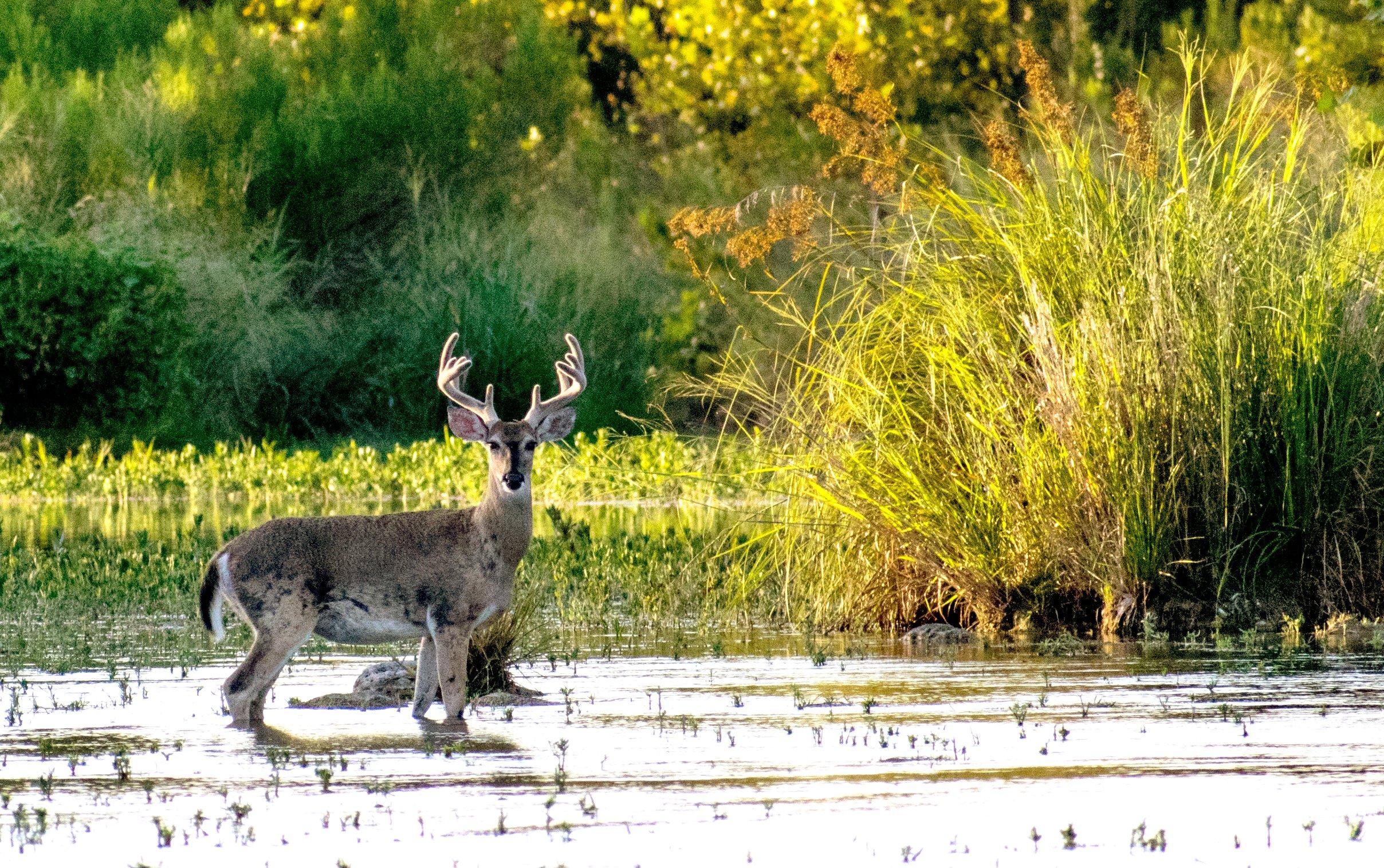
Rather than curse hot temperatures, find a pond or waterhole and capitalize on a buck’s need to drink. (Photo by River Monster Photography)
During hot temps, use a map-based app to understand the lay of the land and identify obvious water sources, but do it knowing that some ponds and waterholes don’t show up on satellite imagery. I’ve found plenty of productive little water sources by hiking around and scouting.
Whether you locate water sources on your phone or in person, visit the edges, and study the mud for tracks. It will be pretty obvious if deer are actively using a water source. If a spot looks like it’s being used daily, scan the area for potential ambushes. If there are no trees suitable for a stand, consider a ground ambush. I’ve gone this route more often than not because I often hunt states with somewhat sparse tree cover.
DON’T MISS: 50 Bowhunting Tips for 2024
While planning an ambush, surmise where deer come from, and then study the forecast to make sure the wind is suitable for your ambush site. Deer are often next-level cagey as they approach water, so you have to be discreet while scouting and hunting.
- BAIT AND MINERAL SIGHTS
Bucks often transition away from mineral and bait sites in early fall depending on what other food sources are available. However, you might find that a monster deer is hooked on whatever you’re feeding him. (Make sure to follow baiting and feeding regulations for your location.) Lots of early season Rack Report bucks have fallen at hot bait sites, especially in Kansas and Kentucky.
There is some controversy about hunting over bait, but if it’s legal and you’re comfortable with it, go for it, and forget what anyone else says. I know from experience that sitting over bait doesn’t guarantee a successful hunt. However, in the right context, it can be a highly effective way to create a high-percentage shot opportunity at a mature buck. I see nothing unethical about orchestrating the highest percentage shot opportunity possible, especially while bowhunting.
- HARD MAST
Deer go nuts for acorns and other hard mast the moment those goodies begin falling. In areas with lots of oaks, it can be difficult to determine where to hunt, as deer can go to almost any oak tree for an all-you-can-eat buffet. However, areas with fewer oaks or even just one acorn-producing oak can be extremely productive.
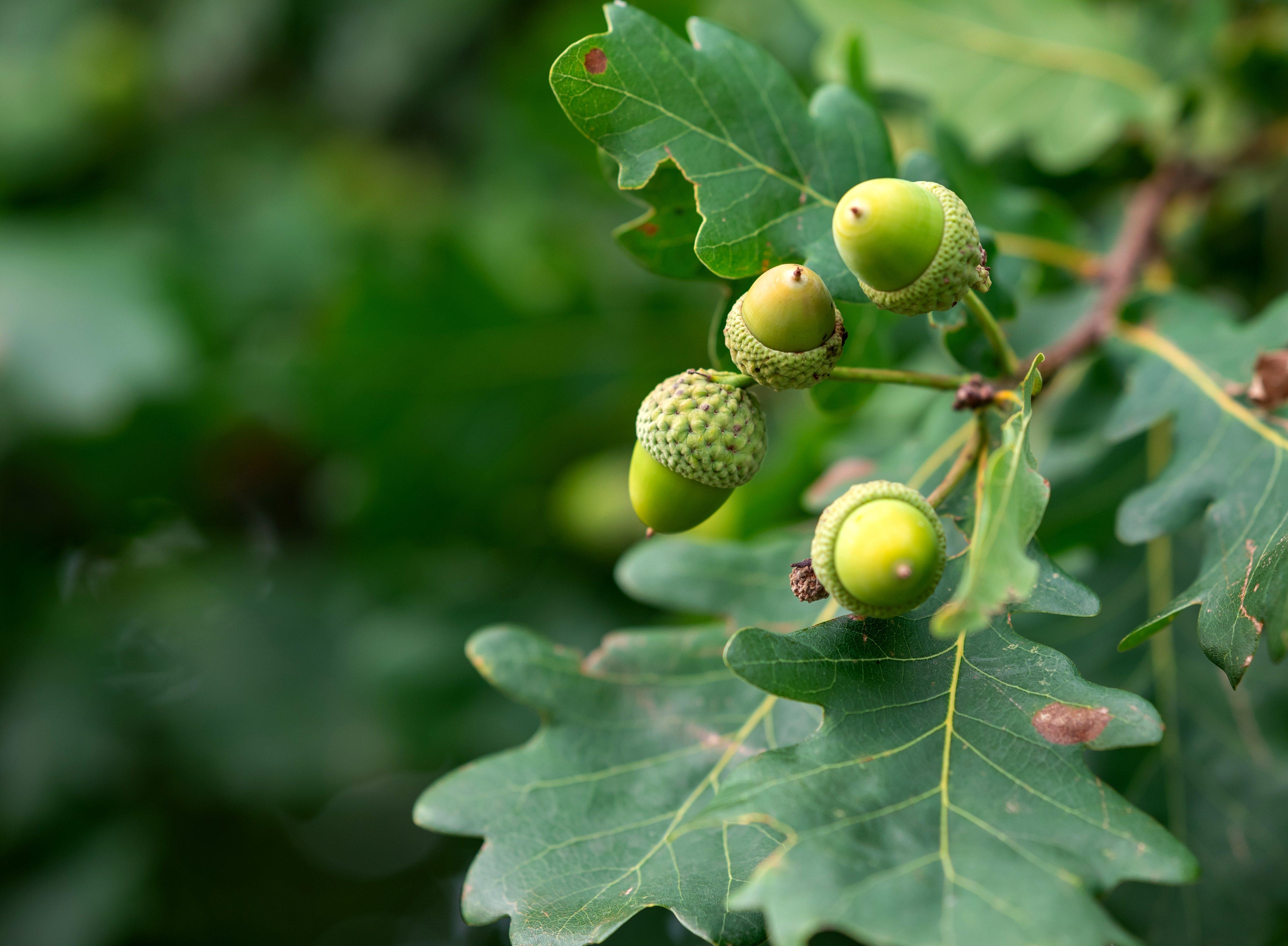
When deer activity diminishes on green fields, it usually means that they have transitioned to acorns. This is a great time to catch a buck in the timber during daylight hours. (Photo by Vitalii Stock)
It’s best to know where the oaks are before they begin dropping acorns. You might also visit them and study the treetops with binoculars to see how loaded they are. If you find a tree with plenty of acorns, return when they start dropping. That usually happens by late September and certainly in October, although squirrels might expedite the process and get deer coming sooner.
CHECK OUT OUR LATEST CAMO PATTERN: Realtree APX
Depending on your region, don’t overlook other hard mast sources such as chestnuts, beechnuts, hickory nuts, and pecans. When deer activity slows at lush green fields, it’s often because hard-mast trees are producing food in the timber. A really good play is to scout and immediately try an afternoon hang-and-hunt setup at a hard-mast source, given an ideal wind direction. The first time in is usually the most productive.
- SOFT MAST
Fruit is like candy to deer. Apples, peaches, pears, plums, and persimmons are hot bets. Deer are more likely to visit fruit-bearing trees in small openings or the timber during daylight than trees in a wide-open field. With the right setup, you might get a chance to harvest a buck right at a fruit-bearing tree.
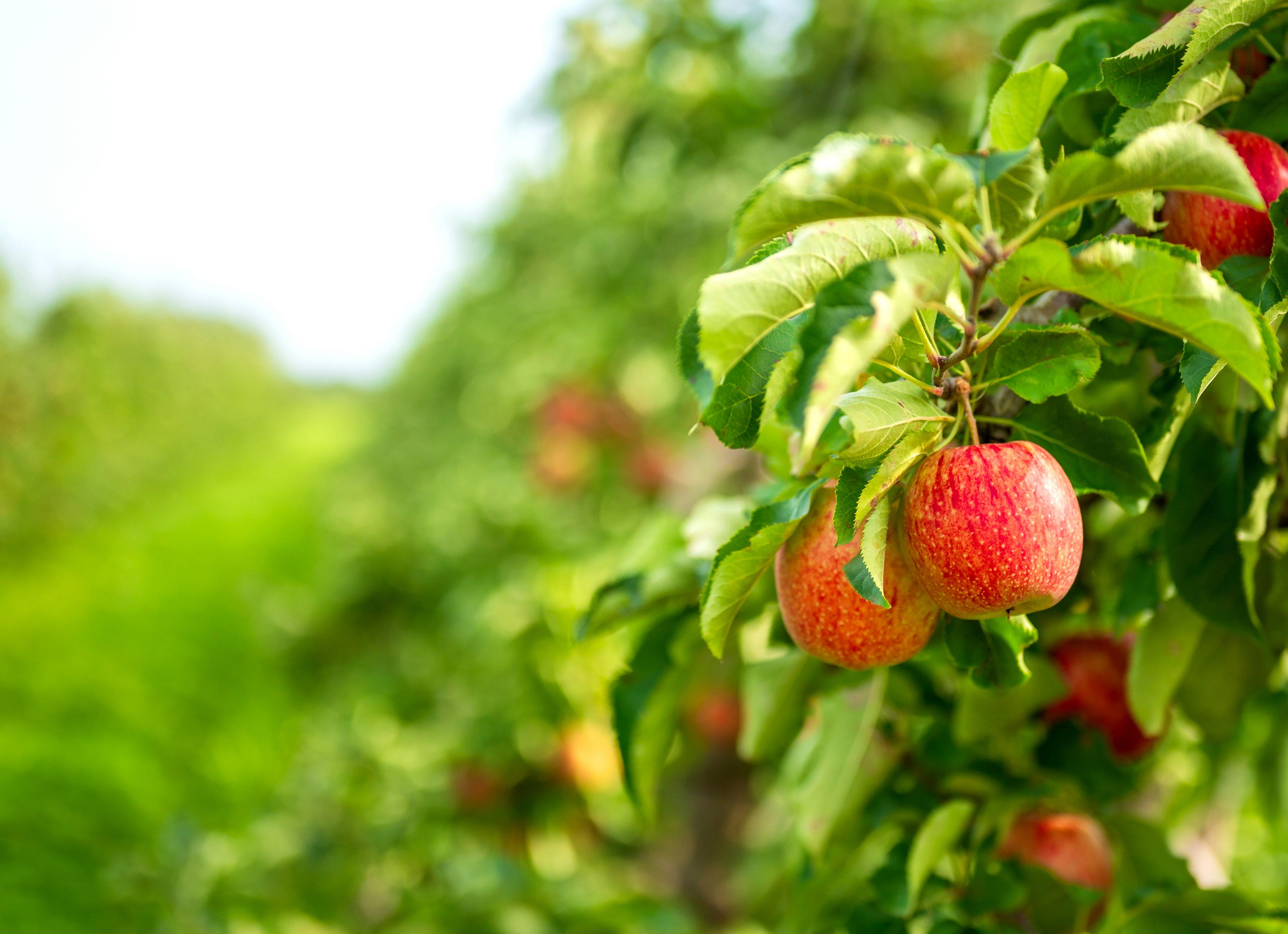
Fruit trees are highly attractive to deer and can make for productive hunting setups. (Photo by Praew Stock)
The nice thing about fruit trees is that hunting over them isn’t considered hunting over bait. In states that prohibit baiting, deer will likely flock to fruit trees because there aren’t bait piles everywhere. I’ve photographed some really nice bucks eating under apple trees and have also encountered plenty of bucks while hunting over or near them.
As a side note, if your property doesn’t have fruit trees, it’s fairly easy and inexpensive to plant some. Plan on three to five years before they begin bearing fruit, and make sure to cage them in, as deer and other wildlife tend to destroy young trees. When shopping for trees, select several varieties that will ripen at various times in fall so deer will have fruit from just before the early season opener into the late season.
Public-land hunters: You can locate fruit trees, too. I’ve hunted many parcels with wild apple and plum trees that deer were hitting hard. While scouting, don’t focus solely on major food sources and terrain features. Be on the lookout for obscure fruit trees.
EVERY MOVE MATTERS
Although many aspects of deer hunting — such as scent control, access routes, noise, and movements — should never be overlooked, the rut tends to be more forgiving of such mistakes. During the early season, deer haven’t been pressured, but they also aren’t numbed by hormones and dominance. They are very predictable during the early season, but they are extremely prone to alter their movement patterns if hunters make mistakes.
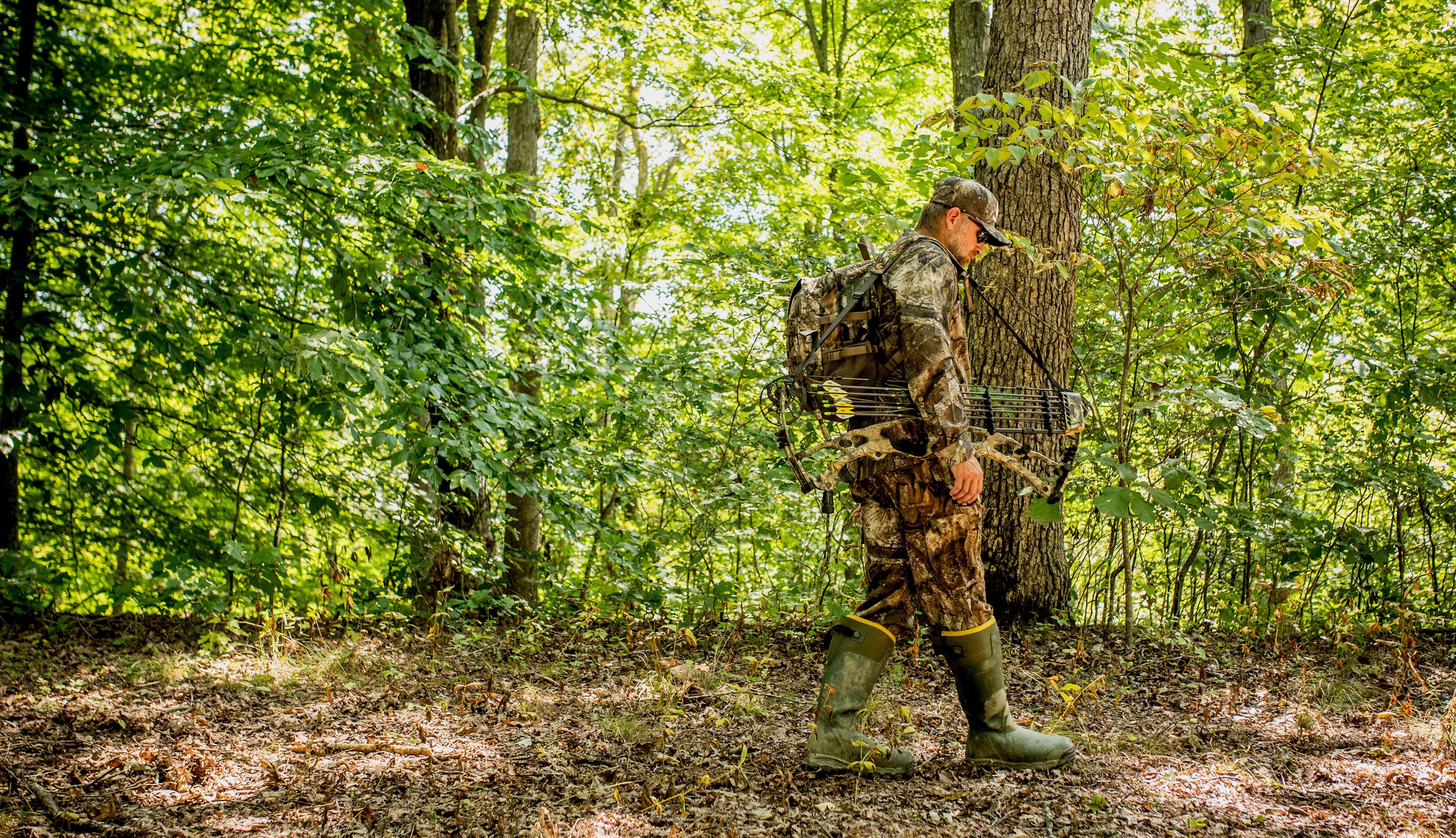
Deer patterns are susceptible to change immediately at the onset of hunting pressure, so be sure to minimize your impact while hunting during the early season. (Photo by Bill Konway)
When hunting the early season hotspots I’ve listed here, you simply cannot afford to make mistakes. These spots involve food and water, and deer are almost always cautious while feeding and drinking. Make every effort to be discreet and detailed in your approach. Then, you’ll have a better chance of harvesting a buck or doe at one of these top spots for early season whitetails.


